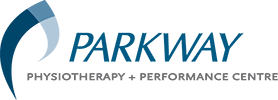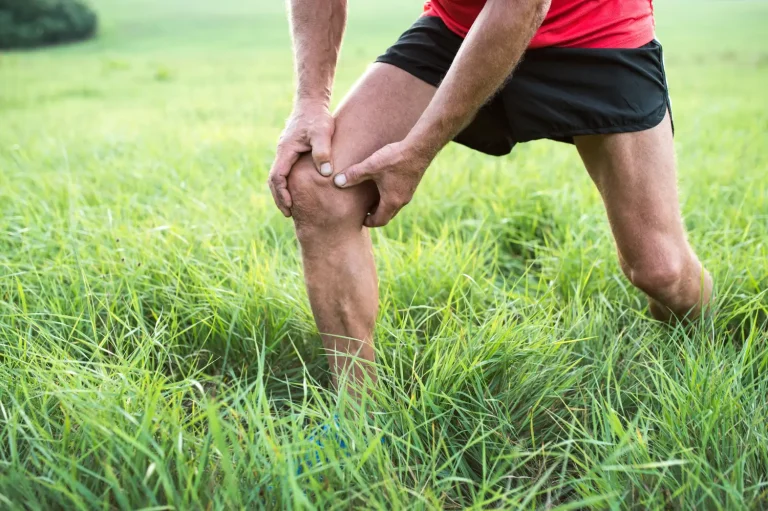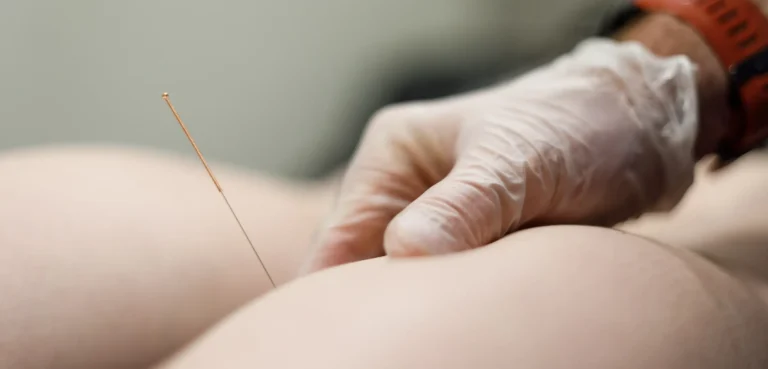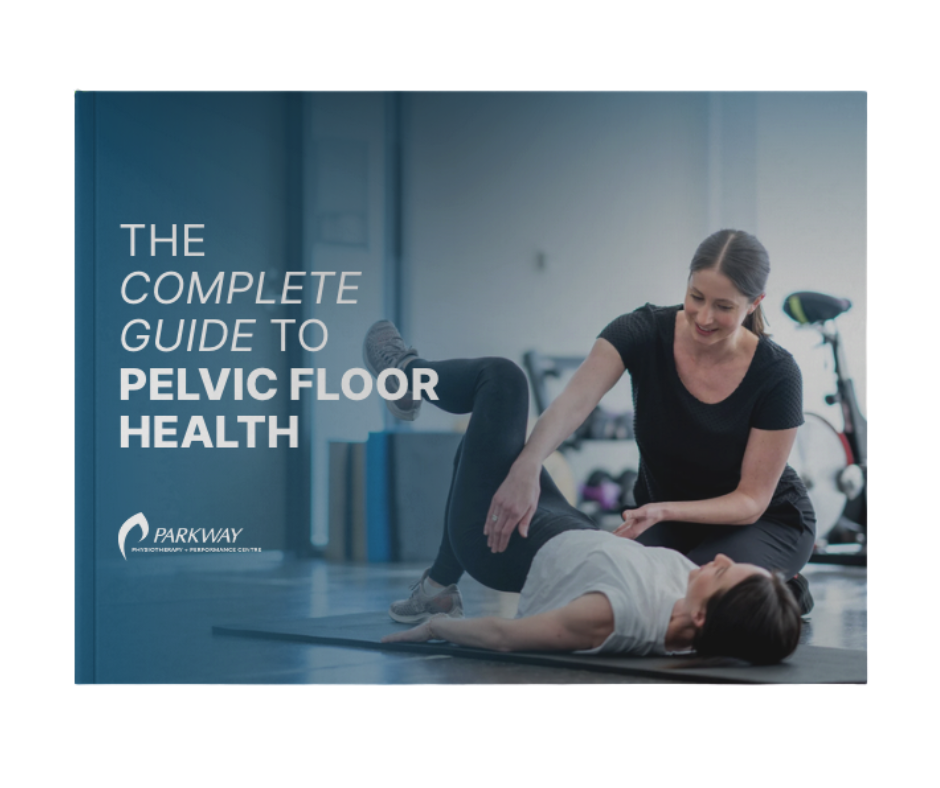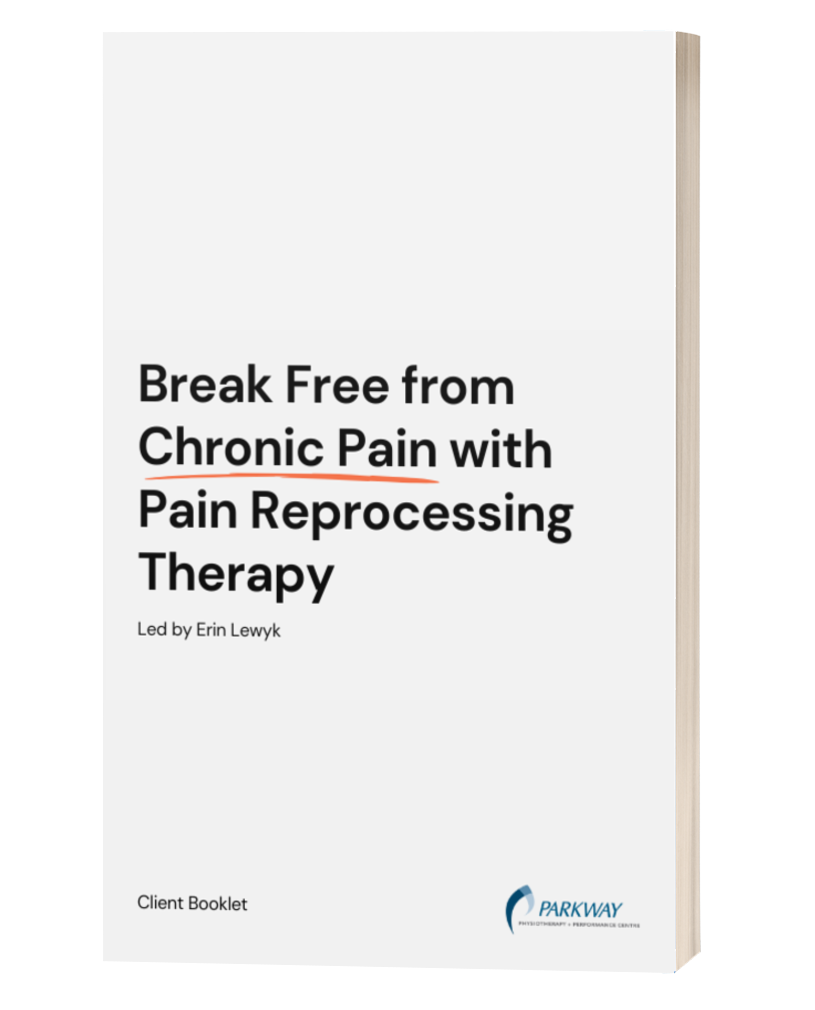Jaw pain is more than just an inconvenience; it can be a persistent, debilitating condition that impacts everything from eating and speaking to sleeping and overall quality of life. If you’ve been struggling with discomfort in your jaw, clicking sounds, or difficulty opening your mouth, you’re not alone. Many people experience what’s known as Temporomandibular Joint (TMJ) dysfunction, and the good news is that specialized physiotherapy offers a highly effective and evidence-based approach to finding lasting relief.
Often, when we think of physiotherapy, we picture rehabilitation for knees, backs, or shoulders. However, the TMJ (i.e. our jaw joint)– the hinge connecting your jawbone to your skull – is a complex joint, and just like any other joint in the body, it can benefit immensely from targeted physical therapy.
The Power of Specialized TMJ Physiotherapy
Think of your jaw as an intricate system of bones, muscles, ligaments, and nerves. When something goes awry in this system, it can lead to pain and dysfunction. Specialized TMJ physiotherapists are experts in diagnosing the root cause of your jaw pain and developing a personalized treatment plan. They understand the biomechanics of the jaw and its close relationship with the neck, head, and even posture.
Here’s how a skilled TMJ physiotherapist can help:
- Pain Reduction: Through manual therapy techniques, exercises, and modalities, physiotherapists can directly address muscle tension, joint stiffness, and inflammation, leading to a significant reduction in pain.
- Improved Jaw Function: Treatments aim to restore normal range of motion, allowing you to open your mouth wider, chew more comfortably, and speak without discomfort.
- Correction of Contributing Factors: A skilled TMJ physiotherapist will assess your posture, and habits (like teeth clenching or grinding) that may be contributing to your jaw issues. By addressing these factors, they help prevent recurrence. We will also make a special note regarding manual therapy as we find that most patients with TMJ/Jaw issues also have some upper neck problems. Since nerves to the jaw are located in the upper to mid neck, this is a common contributing factor
- Education and Self-Management: You’ll learn specific exercises, stretches, and self-care strategies to manage your condition independently and maintain long-term results.
- Non-Invasive and Drug-Free: Physiotherapy offers a conservative approach, reducing the need for medications or more invasive procedures.
Evidence-Based Relief: What the Research Says
The effectiveness of physiotherapy for TMJ disorders is well-supported by scientific literature.
A study published in the Journal of Oral & Facial Pain and Headache highlighted that “physical therapy interventions, including manual therapy, therapeutic exercises, and patient education, are effective in reducing pain and improving jaw function in patients with TMDs” (TMDs being Temporomandibular Disorders, the broader term for jaw joint and muscle problems). [1]
Another systematic review in the Journal of Clinical Medicine concluded that “physiotherapy, particularly manual therapy and exercise, is an effective treatment for reducing pain and improving mouth opening in patients with myofascial TMD.” [2] This emphasizes the crucial role of hands-on treatment and active participation through exercises.
Top Jaw (TMJ) Conditions and How Physio Helps
Here’s a closer look at common TMJ conditions and the specific value of physiotherapy for each:
1. Myofascial Pain Dysfunction (MPD)
- What it is: This is the most common type of TMJ disorder, characterized by pain and tenderness in the muscles that control jaw movement (e.g., masseter, temporalis). It’s often linked to stress, teeth grinding (bruxism), clenching, or sustained poor posture.
- Physio’s Value & Approach: Physiotherapy is the cornerstone of MPD treatment.
Therapists use manual therapy (massage, trigger point release, stretching) to reduce muscle tension and pain. They also provide exercises to improve muscle coordination and relaxation, teach stress management techniques, and advise on postural correction to alleviate strain on jaw muscles.
2. TMJ Disc Displacement (with or without reduction)
- What it is: The small, cartilaginous disc within the TMJ can shift out of its normal position. If it displaces but clicks back into place when you open or close your mouth, it’s “with reduction” (often causing clicking or popping sounds). If it stays displaced, it’s “without reduction,” potentially leading to a “locked jaw” or limited opening.
- Physio’s Value & Approach: For disc displacement with reduction, physio focuses on improving muscle control around the joint to stabilize the disc and reduce clicking. For displacement without reduction, the goal is often to restore jaw mobility through gentle mobilization techniques and specific exercises designed to gradually increase opening and encourage disc repositioning. Education on jaw protection strategies is also crucial.
3. Degenerative Joint Disease (Osteoarthritis of the TMJ)
- What it is: Similar to arthritis in other joints, this involves the breakdown of cartilage within the TMJ, leading to pain, stiffness, and sometimes grating sounds (crepitus). It can be age-related or due to trauma.
- Physio’s Value & Approach: While physiotherapy can’t reverse cartilage damage, it’s highly effective in managing symptoms and improving function. Treatment focuses on pain management, maintaining and improving jaw mobility through gentle range-of-motion exercises, strengthening surrounding muscles to provide better joint support, and reducing joint loading through advice on diet (softer foods) and activity modification.
4. TMJ Trauma (e.g., Fracture, Dislocation, Whiplash-Associated Disorder)
- What it is: Direct injury to the jaw from a fall, accident, or even indirect trauma like whiplash can damage the joint, muscles, or bones.
- Physio’s Value & Approach: Following medical clearance (e.g., after a fracture has healed), physiotherapy plays a vital role in rehabilitation. This includes restoring range of motion and strength, reducing pain and swelling, addressing any associated neck pain (especially with whiplash), and gradually returning the patient to normal function. Early, gentle movement is often key to preventing stiffness.
5. Hypermobility of the TMJ
- What it is: This occurs when the jaw joint moves beyond its normal range, leading to excessive movement, clicking, and sometimes even dislocations where the jaw gets temporarily “stuck” open.
- Physio’s Value & Approach: The focus here is on strengthening the muscles around the jaw to improve stability and control, thereby preventing excessive movement and dislocations. Patients are taught specific exercises to enhance muscle coordination and control, as well as jaw protection techniques and strategies to avoid over-opening during yawning or eating.
6. Post-Surgical Rehabilitation
- What it is: After certain TMJ surgeries (e.g., arthroscopy, open joint surgery), rehabilitation is essential for optimal recovery.
- Physio’s Value & Approach: Physiotherapy guides the patient through a structured recovery program, starting with gentle range-of-motion exercises, progressing to strengthening, and addressing scar tissue management. The goal is to regain full function, reduce pain, and prevent complications, always following the surgeon’s protocols.
Don’t Let Jaw Pain Dictate Your Life
If you’re experiencing jaw pain, don’t ignore it. A specialized TMJ physiotherapist can be an invaluable part of your healthcare team. They will conduct a thorough assessment, explain their findings, and work collaboratively with you to develop a plan to get you back to comfortable eating, talking, and living your life to the fullest. In Canada, many physiotherapists have advanced training in orofacial pain and can provide this specialized care.
Ready to find relief? At Parkway Physiotherapy Tuscany Village our physiotherapist Kristin Looby will help you at each stage of your journey back to health
Call us at 778 432 3333
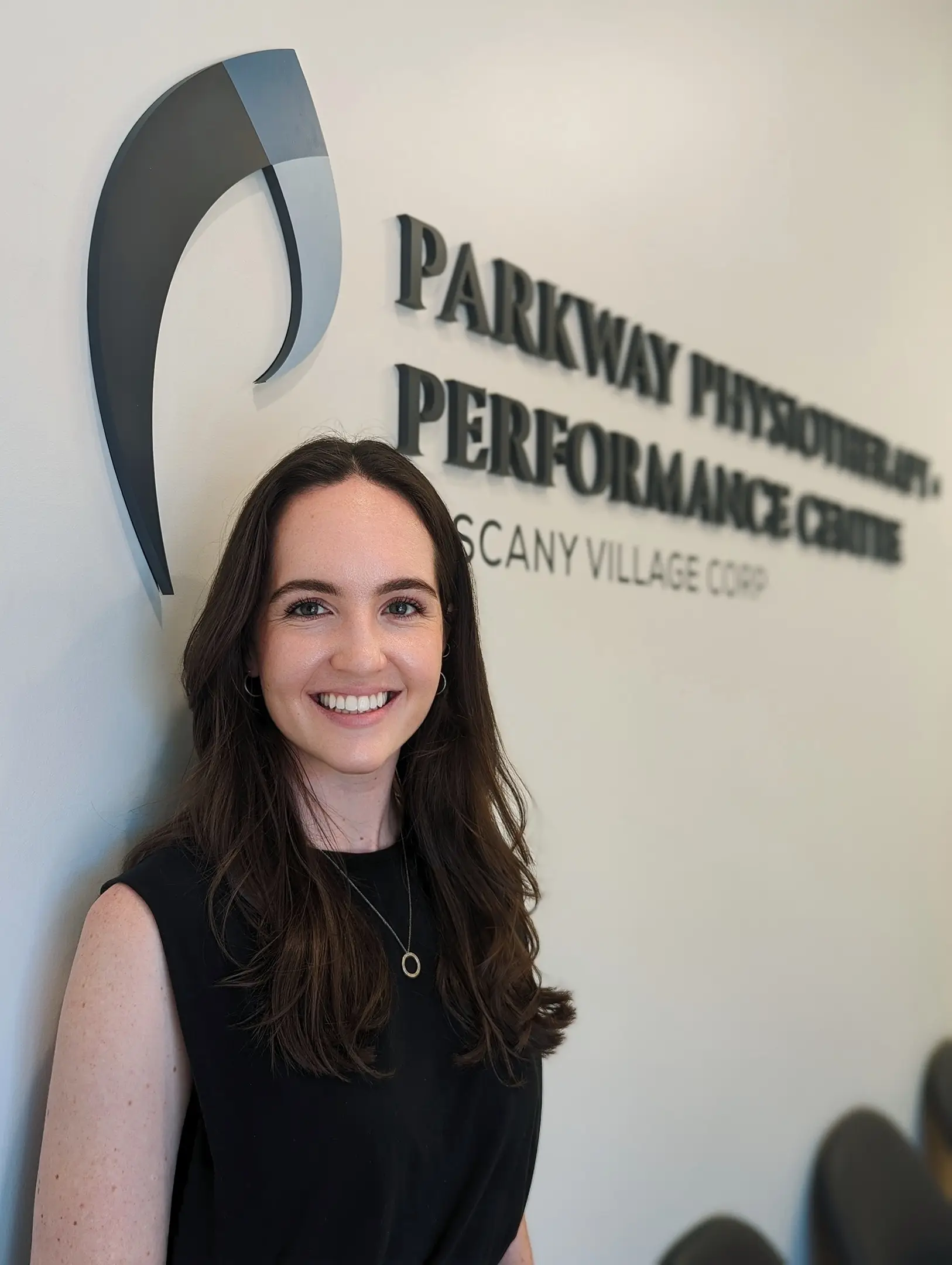
Written and reviewed by Kristin Looby, MPT
Published on September 25, 2025
Last updated on September 25, 2025
Book Directly in with Kristin: https://parkwayphysiotuscanyvillage.janeapp.com/#/tmj-temporomandibular-jaw
References:
[1] Armijo-Olivo, S., et al. (2016). Effectiveness of Physical Therapy Interventions for Temporomandibular Disorders: A Systematic Review. Journal of Oral & Facial Pain and Headache, 30(2), 115-128.
[2] Calixtre, L. B., et al. (2018). Manual Therapy and Therapeutic Exercise for Temporomandibular Disorders: A Systematic Review of Randomized Controlled Trials. Journal of Clinical Medicine, 7(12), 481.
